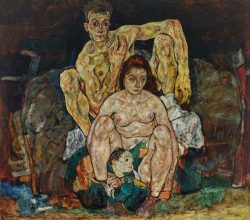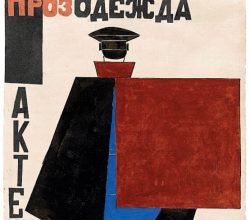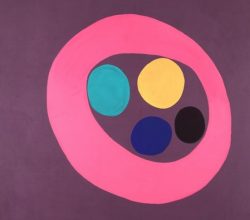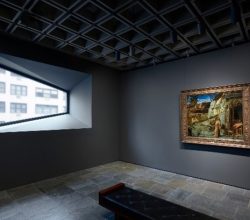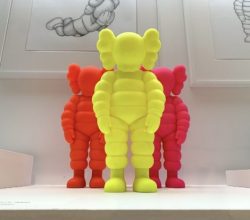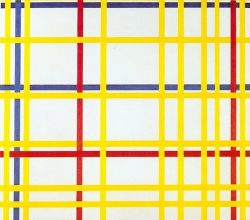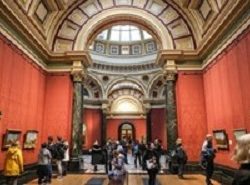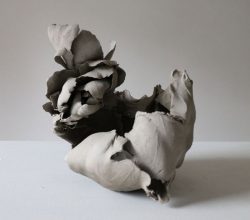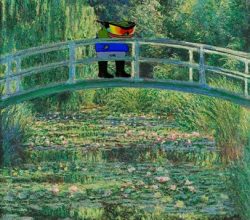
The Downward Spiral: Popular Things
Dean Kissick | Spike Art Magazine | 11th March 2021
Wow! Christie’s has auctioned Beeple’s crypto art for $70m. Some reactions seem too cerebral – “the violent erasure of human values inherent in the pictures”. More interesting are those focused on culture. Much current art and entertainment has “the uncanny feeling of having been made by algorithm, even though it wasn’t … We’re all looking for more popularity, new ways to find an edge; and yet, all this competition only seems to lead to blandness”.

